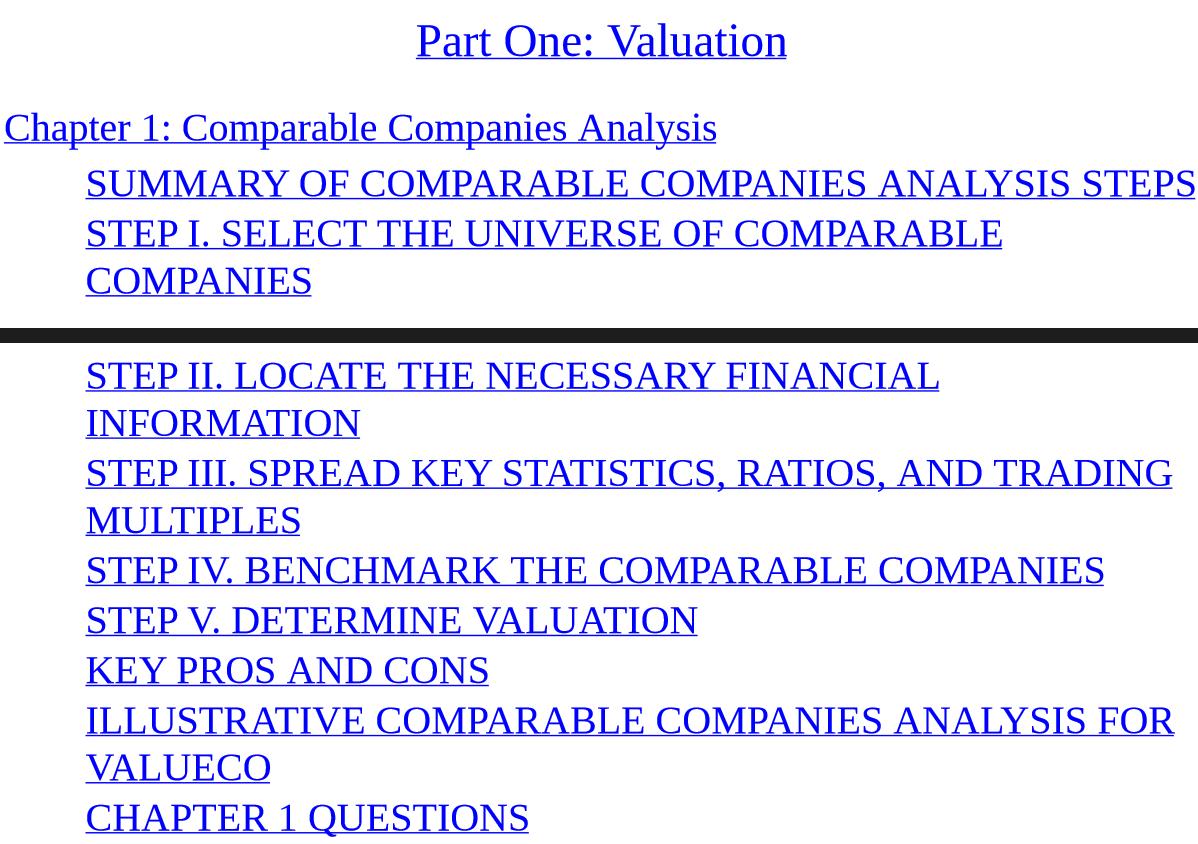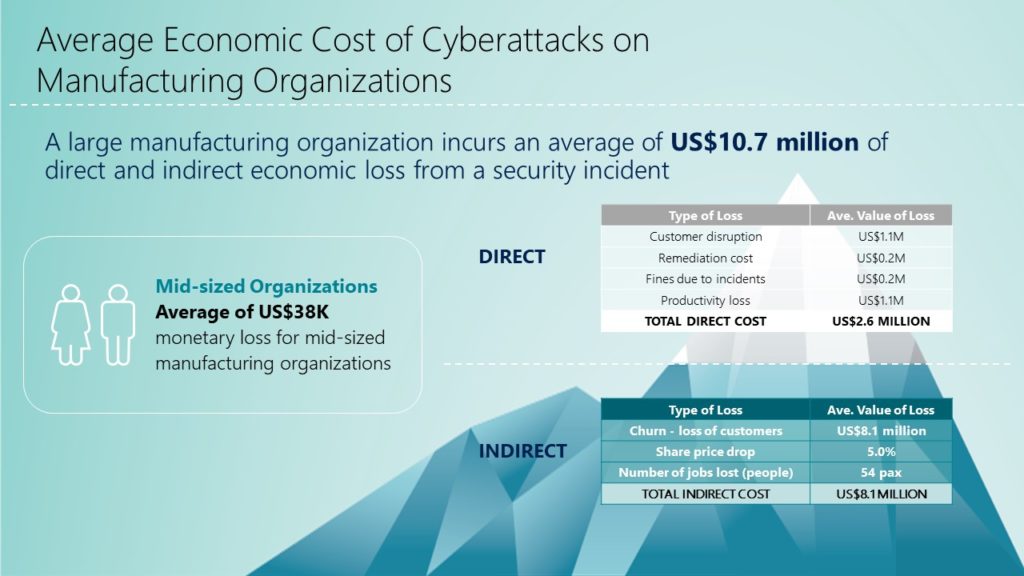Understanding CRA Loan Requirements: Your Comprehensive Guide to Qualifying for Community Reinvestment Act Loans
#### CRA Loan RequirementsThe Community Reinvestment Act (CRA) was enacted in 1977 to encourage financial institutions to meet the credit needs of all commu……
#### CRA Loan Requirements
The Community Reinvestment Act (CRA) was enacted in 1977 to encourage financial institutions to meet the credit needs of all communities, particularly low- and moderate-income neighborhoods. If you are considering applying for a CRA loan, understanding the **CRA loan requirements** is crucial for ensuring that you meet the necessary criteria and can successfully secure funding.
#### What Are CRA Loan Requirements?
The **CRA loan requirements** typically focus on several key areas, including the applicant's creditworthiness, income level, and the intended use of the loan. Here’s a detailed breakdown of these requirements:
1. **Credit History**: Lenders will review your credit report to assess your creditworthiness. A good credit score can significantly enhance your chances of approval. If your credit history has any negative marks, such as late payments or defaults, it may affect your eligibility.

2. **Income Verification**: CRA loans are designed to assist low- to moderate-income individuals and families. You will need to provide documentation that proves your income level, which may include pay stubs, tax returns, and bank statements. Generally, your income should fall within certain limits set by the area’s median income.
3. **Loan Purpose**: The intended use of the loan is also a critical factor. CRA loans are often used for purchasing homes, home repairs, or business financing. The loan must align with the goals of the CRA, which focus on community development and revitalization.
4. **Property Location**: The property you are financing with a CRA loan must be located in an area that qualifies under the CRA guidelines. This often includes neighborhoods that are underserved or have been identified as needing investment.
5. **Debt-to-Income Ratio**: Your debt-to-income (DTI) ratio will be evaluated to ensure that you can manage the new loan payments alongside your existing debts. A lower DTI ratio is favorable and typically should not exceed 43%.

6. **Documentation**: Be prepared to provide various documents during the application process. This may include identification, proof of residency, financial statements, and any additional information the lender requires.
#### Why Are CRA Loans Important?
Understanding the **CRA loan requirements** is not just about securing funding; it’s about fostering community growth and development. CRA loans help bridge the gap for individuals and businesses in underserved areas, providing them with opportunities that may not otherwise be available. They play a vital role in promoting economic stability and improving the quality of life in these communities.
#### Conclusion

In summary, navigating the **CRA loan requirements** involves understanding your credit history, income level, intended loan use, property location, and financial documentation. By preparing yourself with this knowledge, you can enhance your chances of successfully obtaining a CRA loan and contribute to the revitalization of your community. Whether you are looking to purchase a home or start a business, CRA loans offer a pathway to financial empowerment for many individuals and families.